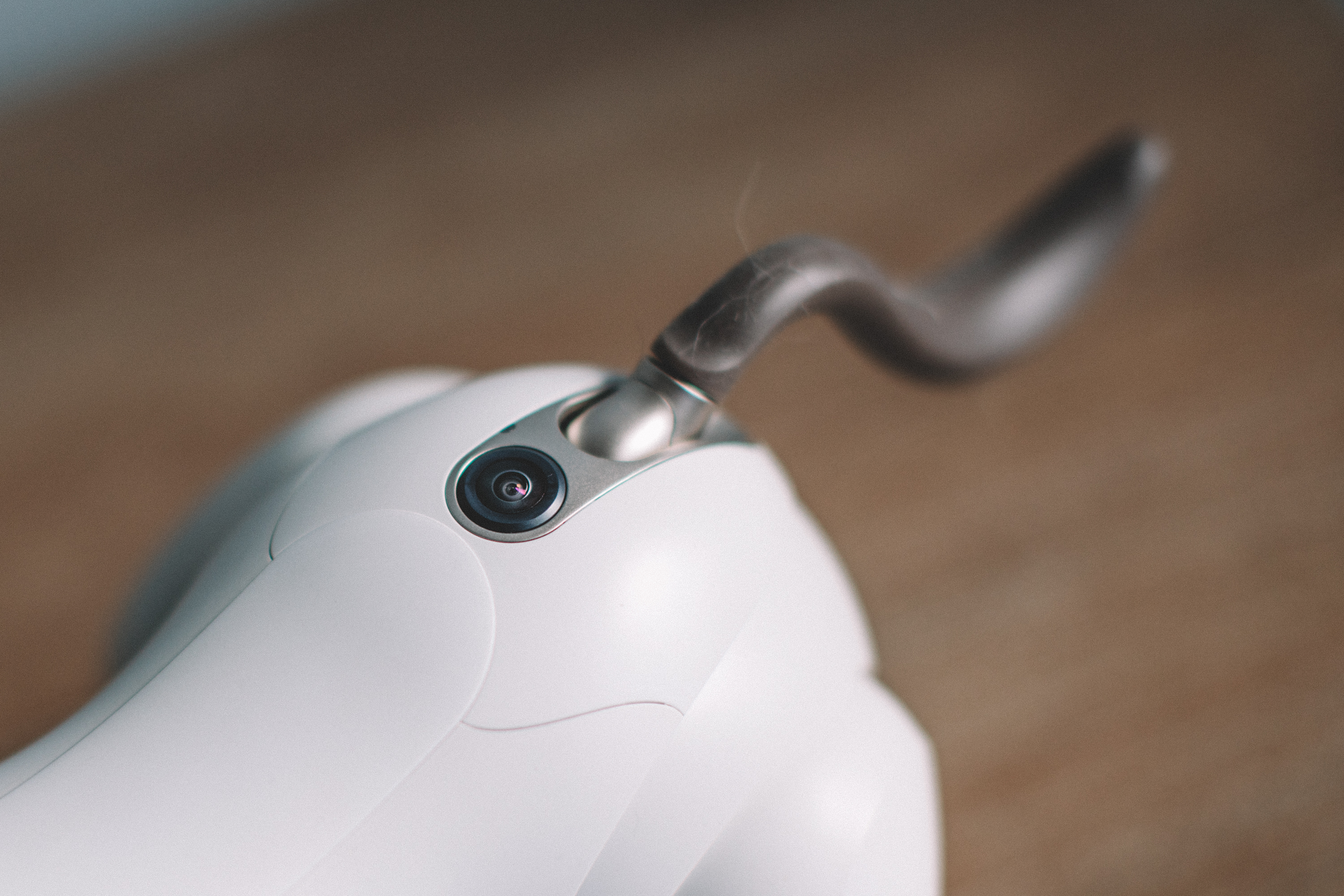Smart speakers that let you control services and other connected devices in your home will continue to be a popular gift choice during the holiday season and into next year, when usage is set to rise by 15 percent to 74.2 million people in the US, working out to 26.8 percent of the US population, according to estimates from eMarketer.
But while Amazon’s Echo helped to define and still dominates the market, consumers’ love affair with Alexa may be cooling, just a little, as the Echo is finally starting to feel the heat from competitors like Home from Google, Apple’s HomePod and the Sonos One.
A new report estimates that the Echo will have accounted for nearly 67 percent of all smart speaker sales in the US in 2018, with Google taking 29.5 percent and others at 8.3 percent. But by next year, Amazon will drop to 63 percent, Google will bump up to 31 percent and a plethora of smaller OEMs will collectively take 12 percent. Three percent decline doesn’t sound like a lot, but it will be the first time ever that Amazon will have dropped below two-thirds of sales. (And for the record, eMarketer research from the UK found similar numbers and declines.)
eMarketer believes this could be the beginning of a gradual decline for the e-commerce giant that will continue through 2020 as the next wave of adopters increasingly explore other brands.
“Consumers in the market for a smart speaker have more options than ever, and Amazon will lose some of its majority share as a result,” said eMarketer forecasting analyst Jaimie Chung, in a statement. “Google has the Home Mini and Home Hub to compete with Amazon’s Echo Dot and Echo Show, and both the Apple HomePod and Facebook Portal will experience their first holiday season this year. Amazon has remained relevant by plugging Alexa into premium speakers like the Sonos, but even Sonos plans to bring Google Assistant to its devices next year, keeping the two companies neck and neck in the voice assistant race.”
There is a valid question to be asked about what people use their speakers for once they do have them. The main takeaway it seems is that while some device makers may turn speakers into a tidy business, it might be some time before the apps and software built around them monetises as lucratively.
For now, the main purpose seems to be listening to audio, where smart speakers provide a handy way to call up music and hear it — which 79.8 percent of speaker owners say they have done — one reason perhaps that the Sonos and Apple’s HomePod are making some inroads since both companies have put music at the core of their experience.
Second most common usage? Inquiries at 73 percent, which is an are where search giant Google is particularly strong.
Amazon has also made Alexa, in her own way, also a fairly amusing, and sometimes helpful, assistant on various topics, helped significantly by all the skills integrations that have been built. However, one key Alexa/Echo use case for the company has always been voice commerce, providing a new interface for people to be able to shop, to fit scenarios where a screen and keyboard are not as convenient.
For now, however, eMarketer says that this a less popular usage for these devices, and that overall voice commerce will remain a very niche slice of the e-commerce market, accounting for just 0.4 percent of sales, or $2 billion. Some 27 percent of speaker owners will experiment with buying something via voice commerce next year — a number that eMarketer revised down from an earlier estimate of 31 percent, while 37.1 percent will “shop” using their smart speakers — that is, ask questions about products, if not actually buy them.
Bad news for all the companies thinking that smart speakers will usher in a new era of smart home device usage: smart home integrations are used by just 34.5 percent of smart speaker users.










